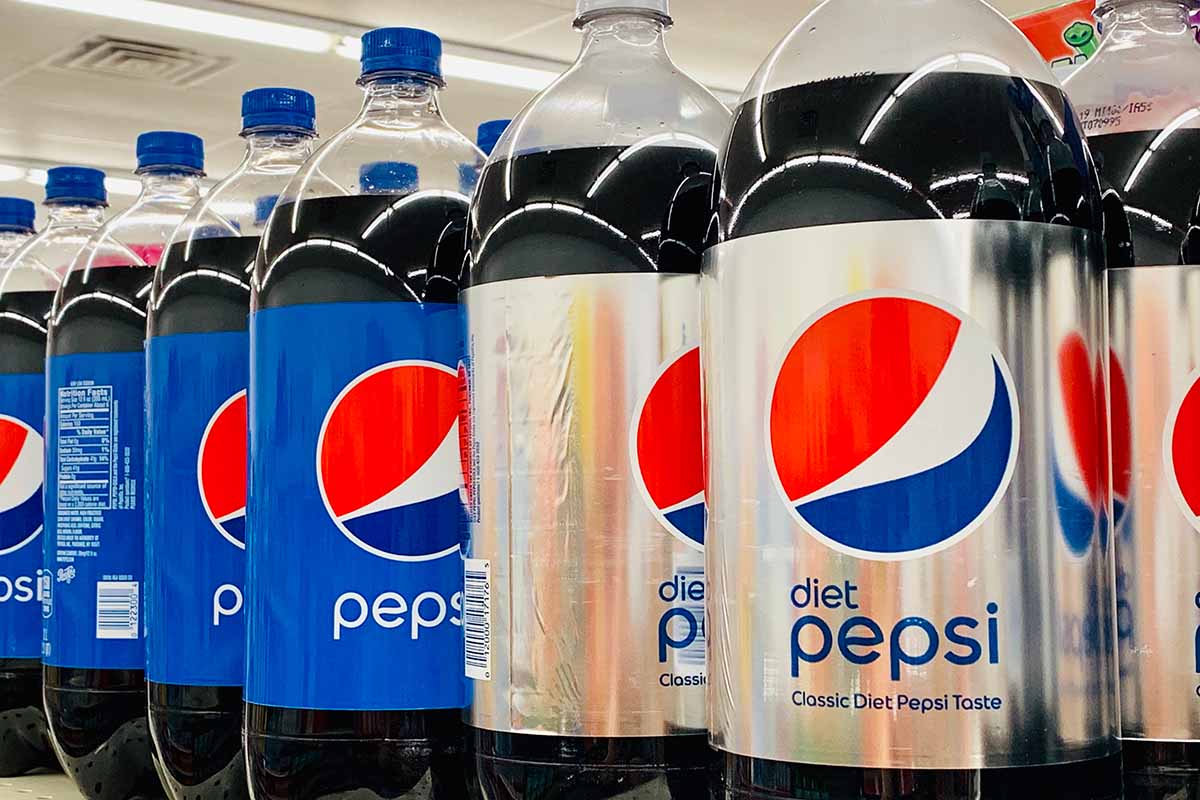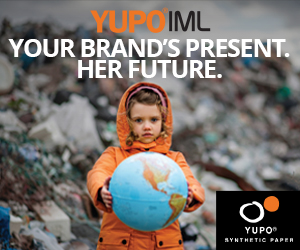
PepsiCo will spend significant sums to procure recycled resin for use in consumer packaging. | PJiiiJane/Shutterstock
PepsiCo has borrowed another $1.25 billion through a “green bond,” generating more funds to buy large amounts of recycled PET for bottles.
The Purchase, N.Y.-based food and beverage giant on July 20 announced the recent closing of a 10-year, $1.25 billion green bond. The company will spend an equivalent amount of money to fund plastics recycling and virgin plastic reduction efforts, regenerative agriculture practices, water management projects and initiatives to reduce greenhouse gas emissions from company operations.
In terms of packaging, the company notes its goal is to average 50% recycled plastic by 2030. PepsiCo says it’s already one of the largest consumers of food-grade RPET in the world.
“The new Green Bond will enable PepsiCo to continue its work to increase the use of more sustainable product packaging including recycled, compostable and reusable materials,” according to a press release. “In addition, PepsiCo’s new Green Bond Framework enables the Company to direct funding to projects that strengthen recycling infrastructure and increase recycling rates in key markets.”
If history is any guide, PepsiCo will spend a decent chunk of change buying recycled PET from reclaimers. In October 2019, the company closed on its first sustainability-linked bond offering. About a year later, PepsiCo reported that nearly 45% of the money spent by that point had gone to purchase RPET.
A more recent bond report published in October 2021 showed that, by the end of 2020, PepsiCo had spent $858 million of the proceeds from the first bond offering. Of that amount spent, $375 million (about 44%) had gone to sustainable plastics and packaging, mostly buying RPET in North America and Europe. The report estimated the RPET purchases have helped the company avoid nearly 400,000 metric tons of greenhouse gas emissions since 2017, as compared to using virgin plastic. In 2020, PepsiCo’s plastic packaging averaged 5% recycled content.
For the latest $1.25 million bond financing, in addition to procuring RPET, PepsiCo said it may use the money for “investments in projects to strengthen recycling infrastructure and increase recycling rates in key markets,” among other projects.
The company plans to publish an annual report on how it is spending the money.
More stories about brand owners
- Ellen MacArthur Foundation sets 2030 plastics agenda
- Retailers launch CA campaign to ditch single-use bags
- New report explores the future of CPG packaging goals



